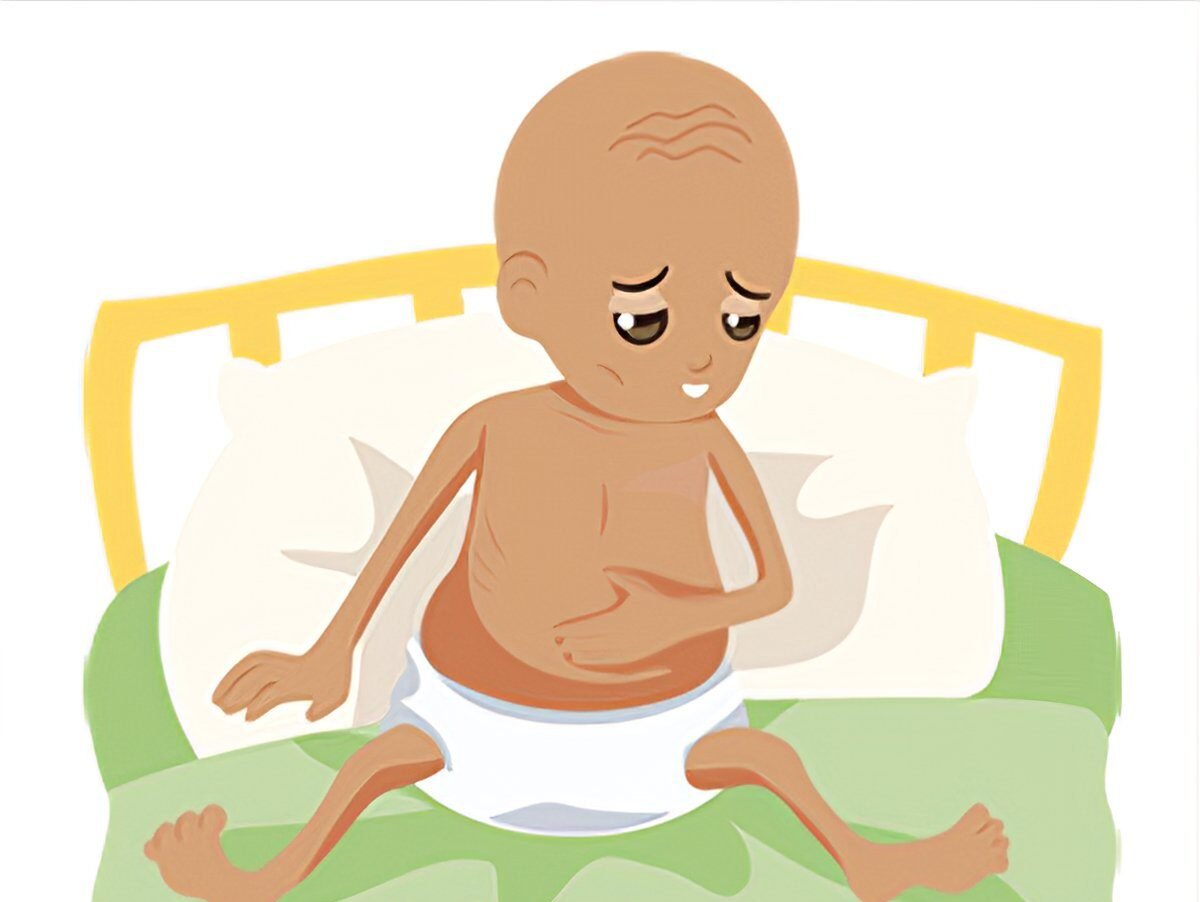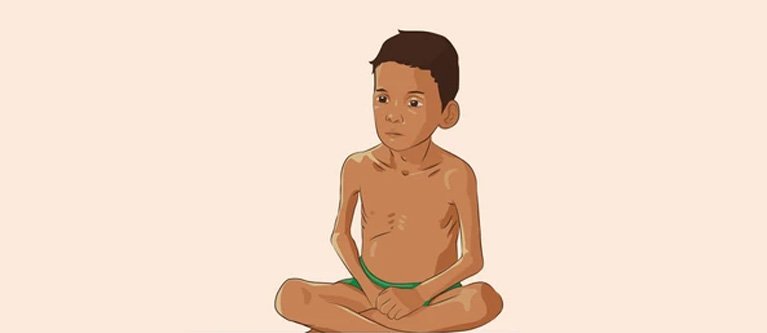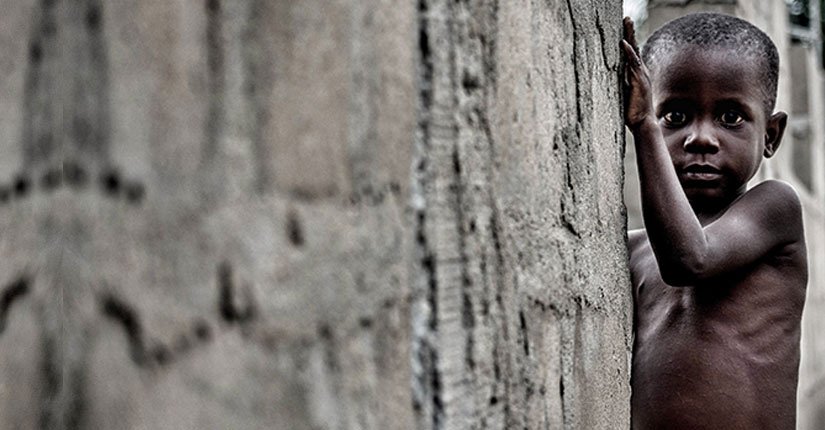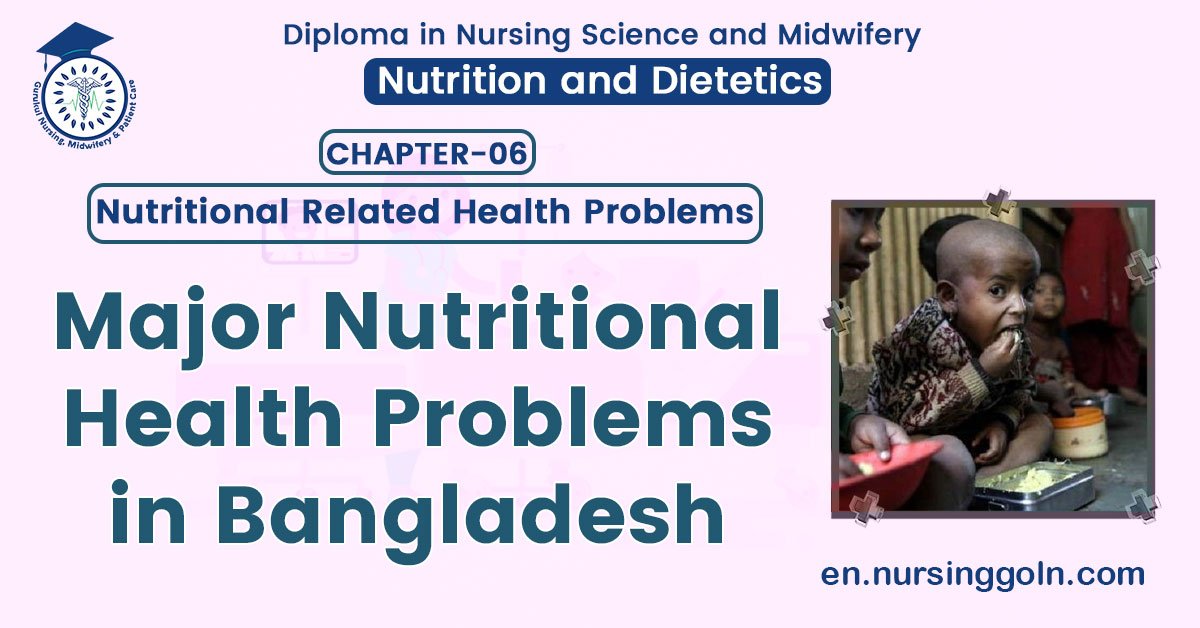Major Nutritional Health Problems in Bangladesh – This book covers the entire syllabus of “Nutrition and Dietetics” prescribed by BNMC-for all Diploma in Nursing Science and Midwifery students. We tried to accommodate latest information and topics. This book is examination friendly setup according to the teachers’ lectures and examination’s questions. At the end of the book previous university questions are given. We hope in touch with the book students’ knowledge will be upgraded and flourished. The unique way of presentation may make your reading of the book a pleasurable experience.
Major Nutritional Health Problems in Bangladesh
Common/Major Nutritional Problems in Bangladesh:
| Protein energy malnutrition: |
|
Vitamin deficiency disorder:
| a) Vitamin A deficiency disorder:
b) Vitamin C deficiency disorder:
c) Vitamin D deficiency disorder:
d) Vitamin K deficiency disorder:
e) Vitamin B1 (Thiamine) deficiency disorder:
f) Vitamin B2 (Riboflavin) deficiency disorder:
g) Vitamin B3 (Niacin) deficiency disorder:
h) Vitamin B12 (Cyanocobalamin) deficiency disorder:
|
| Minerals deficiency disorder: | a) Zinc deficiency disorder:
b) Iron deficiency disorder :
c) Iodine deficiency disorder:
d) Nutritional anaemia:
|
| Endemic fluorosis: | Excessive amount of fluorine in drinking water. a) Dental fluorosis. b) Skeletal fluorosis. |
| Lathyrism (neurolathyrism): | a) Khesari dhal intoxication. |
| Low birth weight |
Protein Energy Malnutrition (PEM)
Definition of Protein Energy Malnutrition (PEM):
Protein Energy Malnutrition describes as a range of clinico-pathological condition arising from co-incidental lack, in varying proportion of protein and calories, occurring mostly in infant and young children, and commonly associated with infection. (WHO – 1973)
or
Protein energy malnutrition or PEM to mean the kind of malnutrition which results from insufficient intake of energy, protein and other nutrients.
or
Protein-energy malnutrition (PEM) in early childhood is a spectrum of disease. At one end there is kwashiorkor, at the other end is nutritional marasmus and in the middle of the spectrum is marasmic kwashiorkor.

Risk factors for PEM:
1. An inadequate intake of food (food gap) both in quantity and quality.
2. Infection: Diarrhoea, Respiratory infections, Measles, intestinal worm.
3. Poor environmental conditions.
4. Large family size.
5. Poor maternal health.
6. Failure of lactation.
7. Premature termination of breast feeding.
8. Adverse cultural practices relating to child rearing and wearing, such as
- The use of over-diluted cow’s milk,
- Discarding cooking water from cereals,
- Delayed supplementary feeding.
PEM Classification According to WHO/FAO:
| Types | Body weight % of international standard | Oedema | Deficit in weight for height |
| Kwashiorkor | 80-60 | Present | + |
| Marasmic kwashiorkor | <60 | Present | ++ |
| Marasmus | <60 | Absent | ++ |
| Nutritional dwarfism | <60 | Absent | Minimal |
| Underweight child | 80-60 | Absent | + |

Another Answer
Classification of PEM:
A. Gomez classification:
| Weight for age (%) | Grade of PEM |
| 90-100 | Normal |
| 75-89 | Grade I, (mild malnutrition) |
| 60-74 | Grade II, (Moderate malnutrition) |
| Less than 60 | Grade III (Severe malnutrition) |
B. Welcomes classification:
| Weight for age | With edema | Without edema |
| 60-80% | Kwashiorkor | Under nutrition |
| Less than 60% | Marasmic kwashiorkor | Marasmus |
C. Waterlows classification:
| Stunting (height/age) | Wasting (weight/height) | |
| Normal | 95 | 90 |
| Mild | 87.5-95 | 80-90 |
| Moderate | 80-87.5 | 70-80 |
| Severe | <80 | >70 |
A. Weight for age (%) = Weight of subject/Weight of a normal child of same × 100
B. Height or age (%) = Height of the subject/Height of a normal child of the same age × 100
C. Weight or height (%) = Weight of subject/Weight of a normal child of the same height × 100
Preventive Measures of PEM (According to WHO/FAO):
1. Health Promotion:
- Education & distribution of supplements to pregnant & lactating women.
- Promotion of breast feeding.
- Weaning food – low cost & frequent feeding practice.
- Family diet improvement.
- Nutrition education- promotion of correct feeding practice.
- Home economics
- Family planning & spacing of births.
- Improvement of family environment.
2. Specific protection:
- Child diet must contain protein & energy rich food. Such as milk, eggs, fresh fruits.
- Immunization.
- Food fortification.
3. Early diagnosis & Treatment:
- Periodic surveillance:
- Early diagnosis of any lag in growth.
- Early diagnosis and treatment of infection & diarrhoea.
- Development of supplementary feeding programme during epidemics.
- Deworming of heavily infested children.
4. Rehabilitation:
- Nutrition rehabilitation services.
- Hospital treatment
- Follow-up care

PEM is a problem of slum people because
1. They are the vulnerable society having poverty whose intake of food never be adequate and child’s diet doesn’t contain protein energy rich foods like milk, eggs, fresh fruits etc.
2. Infections are very common in the slum people notably diarrhea, respiratory infections, measles and intestinal worms which increase requirements for calories, proteins and other nutrients while decreasing the absorption and utilization’
3. Lack of immunization, lack knowledge about family planning and spacing of births
4. Poor environmental conditions, large family size, poor maternal health are also contributing factors.
Management of PEM:
1. Resuscitation: It includes correction of hypoglycemia, dehydration, electrolyte disturbances, acidosis, and treatment for infections.
2. Start of the cure: It includes re-feeding, gradually working up the calories to 150 kcal/kg with protein about 1.5 g/kg.
3. Nutritional rehabilitation.

For EQ
Treatment of PEM:
a. Assessment of the child:
- Dehydration: ORS/ IV fluid
- Infections: Appropriate antibiotics
- Control of hypothermia: Patient is kept warm
- Control of hypoglycemia: 25% dextrose, 4 ml/kg IV in severe cases; NG tube feeding if IV could not be given
b. Nutrition:
- High protein (3.5 gm/kg/day + adequate calorie (120-140 Kcal/kg/day) + other essential nutrients.
- Feeding by NG tube small and frequent round the clock. Each feed contains 100 mg water + milk 70 Kcal + sugar 20 Kcal + Soybean oil 22 Kcal
c. Vitamin A: High potency (2 Lac units) on 1st, 2nd and 7th. Then every 6 month up to 6 years of age
d. Iron: 2-4 mg/kg/day
e. Blood transfusion: 10-15 ml/kg (PCV) if needed
f. Potassium chloride: 2-4 mmol/kg/day
g. Zinc acetate: 2 mg/kg/day
h. Fluid: In marasmus 100-150 ml/kg/day and in kwashiorkor 80-100 ml/kg/day
Factors Related to Malnutrition in Bangladesh:
| Women’s education | 43% |
| Health environment | 19% |
| Food availability | 26% |
| Women’s status | 12% |
Nursing Responsibilities for the Management of PEM:
Nursing personnel can provide preventive, curative and rehabilitative services to the children with PEM at home and hospital. The nursing responsibilities include the following:
- Assessment of nutritional status of the children with collection of appropriate dietary history, including history of breastfeeding, weaning, food habits, balanced diet, socioeconomic status, presence of illness etc. Physical examination and anthropometric assessment also important to detect the nutritional deficiency states.
- Assisting in diagnostic investigations whenever necessary.
- Maintenance of growth chart by regular health checkup at home, clinic or health centers for early detection of growth failure.
- Participating in the hospital management in complications and life threatening situations related to PEM and other related illness.
- Implementing nutritional rehabilitation activities.
- Encouraging the parents for home care and follow up at regular interval.
- Nutrition education, demonstration and counseling according to identified problems of particular child.
- Informing about breast feeding, weaning, balanced diet, food hygiene, personal hygiene (hand washing), appropriate feeding practices and food habits, cultural taboos, irrational belief, quality of common foods, foods values, food preservations etc.
- Promoting preventive measures for individual, family and community to overcome the problem of PEM.
- Co-operating with other team members and acting with different sectors for the implementation of various nutritional services.
- Maintain in implementation of national nutritional programs for prevention of various malnutrition.

Complications of PEM:
Early (Presenting) Complications of PEM:
a) Infections: ARI, Diarrhea, TB, helminthiasis, septic shock, DIC and Opportunistic Candidiasis
b) Hypothermia
c) Metabolic
- Hypoglycemia
- Hypocalcaemia
- Hypomagnesaemia
d) Fluid & electrolyte imbalance
- Dehydration
- Hypokalemia
- Hypernatremia
e) Lactose intolerance
f) Severe anemia & other nutrient deficiencies
g) Congestive cardiac failure
Late (Recovery) complications:
a) Diarrhea (lactose intolerance)
b) CCF (high protein & solute diet)
c) Unmasking of subclinical vitamin/mineral deficiencies
Long-term effects:
a) Growth retardation
b) Cognitive & learning disabilities
Read more:
